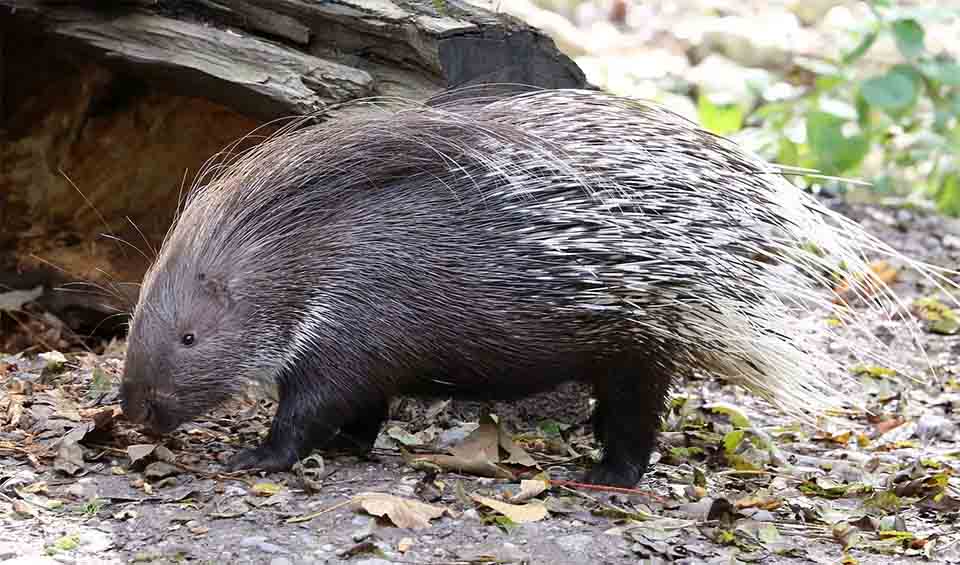Hystrix
Consist of most old-world porcupines; some of the largest rodentson planet!
Known for their distinctive coats of sharp spines or quills, these large rodents have evolved an impressive defense mechanism against predators. These quills are not just a passive defense; when threatened, porcupines can raise and rattle them, creating a warning sound to potential predators. In some cases, the quills can detach and become embedded in the attacker, which can cause serious injuries due to their barbed ends.
Hystrix porcupines are geographically widespread, inhabiting various regions across Asia, Southern Europe, and the majority of Africa. Their habitats are diverse, ranging from wooded areas and forests to rocky outcrops and even deserts in some species. This adaptability to different environments is a testament to their evolutionary success. Among the genus, some species are predominantly terrestrial, spending most of their lives on the ground, while others are adept climbers and spend a considerable amount of time in trees. These arboreal porcupines construct nests in the branches to sleep and rear their young, showcasing remarkable adaptability.
Dietarily, porcupines of the genus Hystrix are herbivorous, consuming a variety of plant material. This includes roots, tubers, fruits, and bulbs, which they forage for mostly during the nighttime. Interestingly, some species have been observed gnawing on dry bones. This behavior is thought to supplement their diet with calcium and other minerals, which are crucial for quill development and overall health. This dietary diversity plays a significant role in the ecosystems they inhabit, as porcupines help in seed dispersal and the cycling of nutrients through their foraging activities.
Despite their unique characteristics and contributions to their habitats, porcupines face several threats, including habitat destruction and hunting. While they are not currently considered to be of particular conservation concern, localized populations may be at risk. The hunting of porcupines for their quills, which are sold in illegal markets for decorative purposes or traditional medicine, poses a direct threat to their populations.
Species in this genus
Cape porcupine
The heaviest porcupines in the world, outweighing even their North American cousins
Crested porcupine
They don’t shoot quills—they let predators do the hard work by detaching them on contact!
Indian crested porcupine
This charismatic creature is not just a quilled beauty but also a skilled architect
Malayan porcupine
Despite its intimidating armor, it is a peaceful creature that prefers retreat to confrontation





